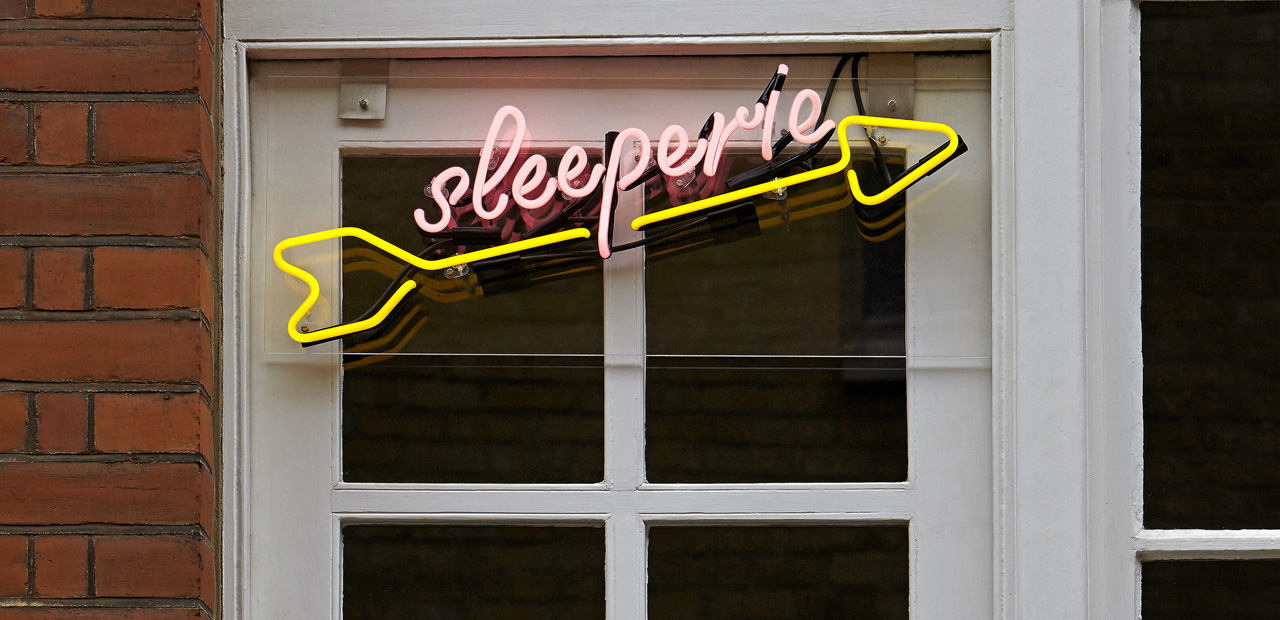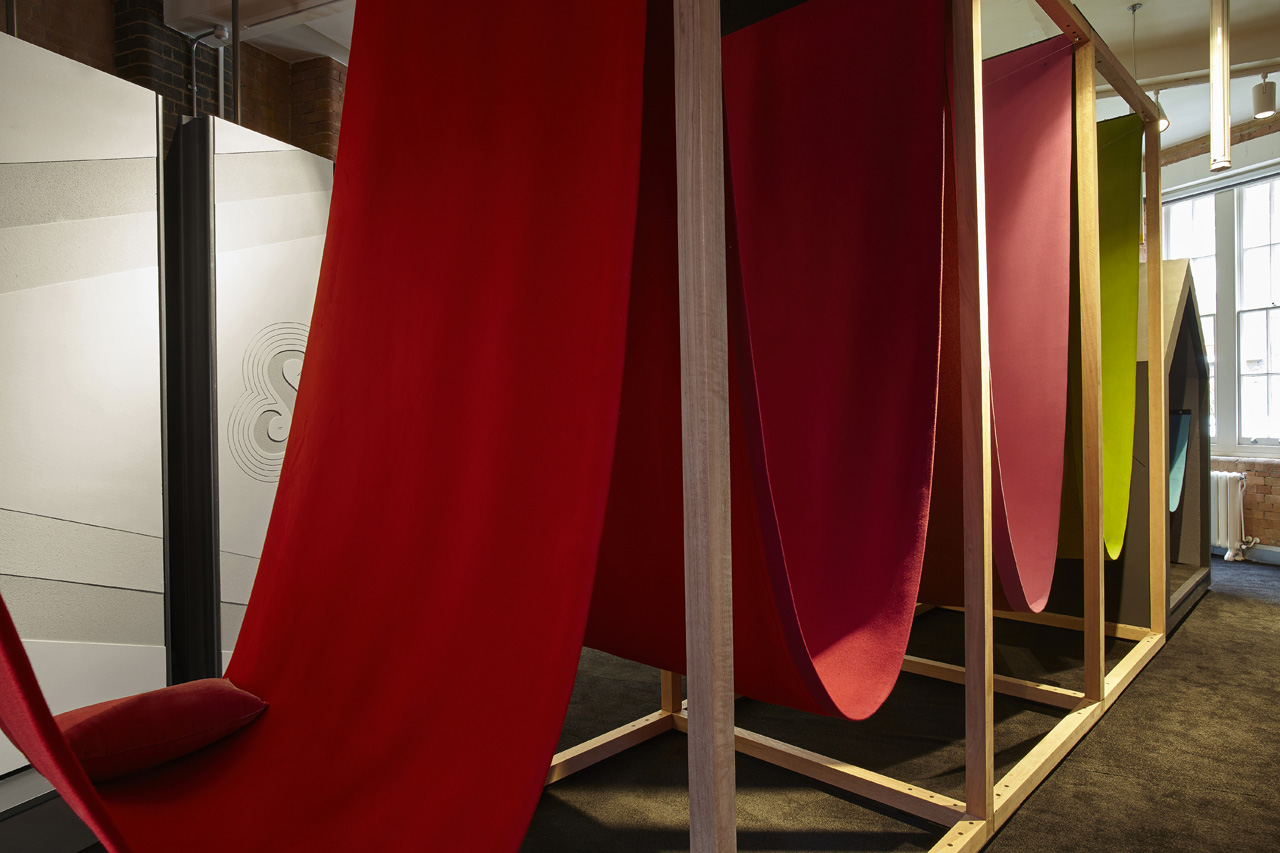During Clerkenwell Design Week 2015 architecture offices Hassell and Draisci Studio were invited by London showroom Sto Werkstatt to explore architectural solutions for short-term physical and mental rest.
How many hours of sleep did you get last night? Was it the recommended 8? If not, then how will you ‘catch up’? And, when you did finally sleep, can you say it was a ‘good night’s sleep’?
Called Hypnos: The Architecture of Sleep, the installation has been dubbed “London’s first sleeperie”. It encourages visitors to switch off mobile phones, tablets and laptops, and enjoy a quick daytime nap.
“The design world, but architecture in particular, is famed for its late nights and sleep deprivation, but with an increase in mobile technology it has become even easier for us to keep powering through,” said Julian Gitsham, practice leader at Hassell.
“On the other side, as designers we are being asked to respond to this shift in sleep patterns and working practices by designing sleeping pods in work places or airports,” he added. “It’s a change in behaviour which neither us as practitioners, nor our clients, can ignore.”
The architects created for the exhibition a wooden framework with a row of colored individual sleeping slings felt over and each designed position has is own plush cushion.Visitors can book their private insulated room for a 10 minutes nap after work or for a break.
“Sleep is mysterious. It cannot be avoided, only delayed,” said Francesco Draisci, director of Draisci Studio. “Will the lack of night sleep for many create a future generation of day-nappers? We have collaboratively investigated these ideas to create a narrative environment that will address future sleeping concerns.”The exhibition opened at Sto Werkstatt in London during Clerkenwell Design Week and will continue until 30 June, coinciding with the London Festival of Architecture.
Hypnos: the architecture of sleep
May 22 2015/June 30 2015
Sto Werkstatt , London
Eugenia Gotti










